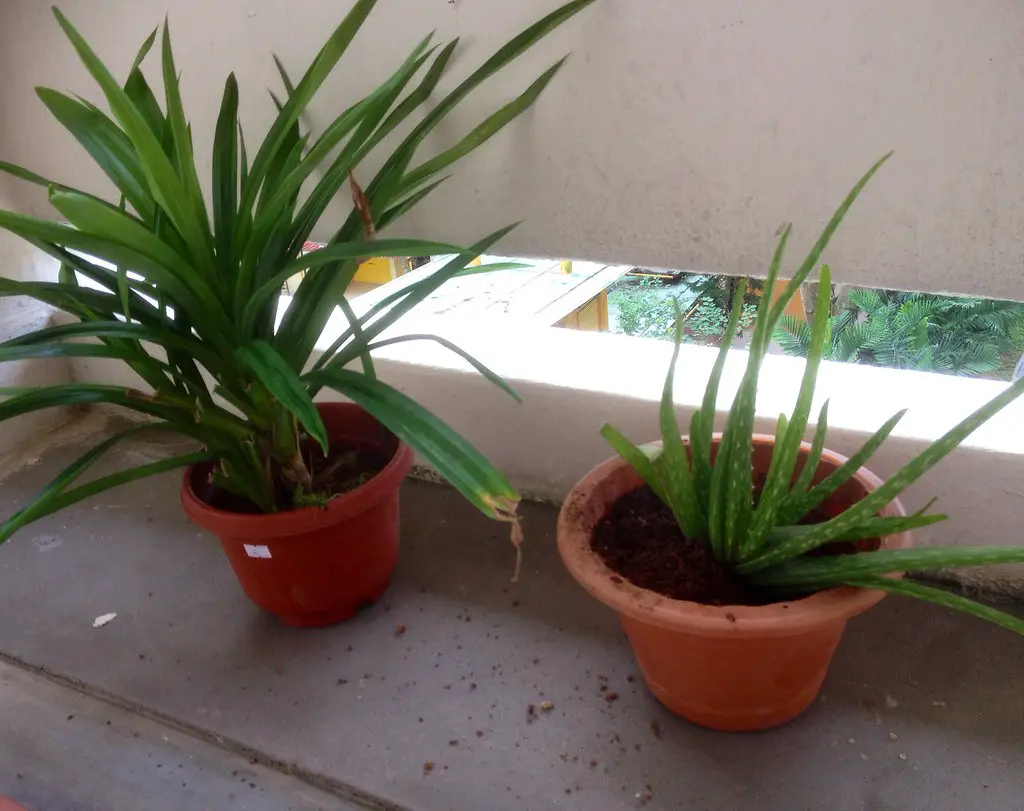Watering is a fundamental aspect of gardening that has a significant impact on plant health and growth. While traditional overhead watering is familiar to most gardeners, an alternative method known as bottom watering is gaining popularity for its efficiency and benefits to plants. In this in-depth blog post, we’ll explore what bottom watering is, its advantages and disadvantages, when and how to use it, and the types of plants that thrive with this method.
What is Bottom Watering?
Bottom watering is a method of watering plants from below, rather than from above. This technique allows water to be absorbed by the roots from the bottom of the container, encouraging roots to grow downward and promoting more even moisture distribution throughout the soil.
How Bottom Watering Works
Bottom watering typically involves placing a plant’s container in a tray or saucer filled with water. The water is then absorbed through the drainage holes in the bottom of the container, allowing the roots to take up water as needed.
Advantages of Bottom Watering
1. Promotes Strong Root Growth
By encouraging roots to grow downwards, bottom watering helps plants develop a more robust and resilient root system.
2. Conserves Water
Bottom watering reduces water wastage by directing water exactly where it’s needed – the roots.
3. Minimizes Disease Risk
This method helps keep foliage dry, reducing the risk of fungal diseases that thrive in damp conditions.
4. Prevents Soil Erosion
Unlike overhead watering, bottom watering doesn’t disturb the soil surface, protecting it from erosion.
Disadvantages of Bottom Watering
1. Potential Overwatering
If not monitored closely, plants can become waterlogged, leading to root rot.
2. Salt Accumulation
Over time, salts from fertilizers can accumulate in the soil, potentially harming the plant. Regular flushing with overhead watering can help mitigate this.
3. Time-Consuming for Large Gardens
Bottom watering individual plants can be labor-intensive in a large garden or commercial growing operation.
When and How to Use Bottom Watering
When to Use
- Seedlings and Transplants: Bottom watering encourages deep root growth from an early stage.
- Susceptible Plants: For plants prone to fungal diseases, this method helps keep foliage dry.
- Houseplants: Many indoor plants benefit from bottom watering, particularly in winter when indoor air may be dry.
How to Use
- Fill a Tray or Saucer: Add water to a tray, saucer, or shallow container.
- Place the Plant Container: Set the plant’s container in the water, allowing it to absorb moisture through the drainage holes.
- Monitor: Check the soil to determine when it’s sufficiently moist, and then remove the container from the water.
- Drain Excess Water: Allow excess water to drain to prevent waterlogging.
Plants That Thrive with Bottom Watering
- Herbs: Many herbs prefer not to have wet foliage and benefit from bottom watering.
- Tomatoes: This technique can help prevent diseases like blossom end rot in tomatoes.
- Indoor Plants: African violets, orchids, and other houseplants often respond well to bottom watering.
Conclusion
Bottom watering is a versatile and valuable technique that offers several advantages over traditional watering methods. It’s particularly useful for promoting strong root growth, conserving water, and minimizing disease risk.
While it may not be suitable for every plant or garden, understanding when and how to utilize bottom watering can lead to healthier, more resilient plants. Whether you’re caring for delicate seedlings or looking to maximize the efficiency of watering in your garden, exploring the benefits of bottom watering could be a rewarding addition to your gardening toolkit. By combining bottom watering with other best practices, you can cultivate a thriving garden that’s both beautiful and environmentally responsible.
